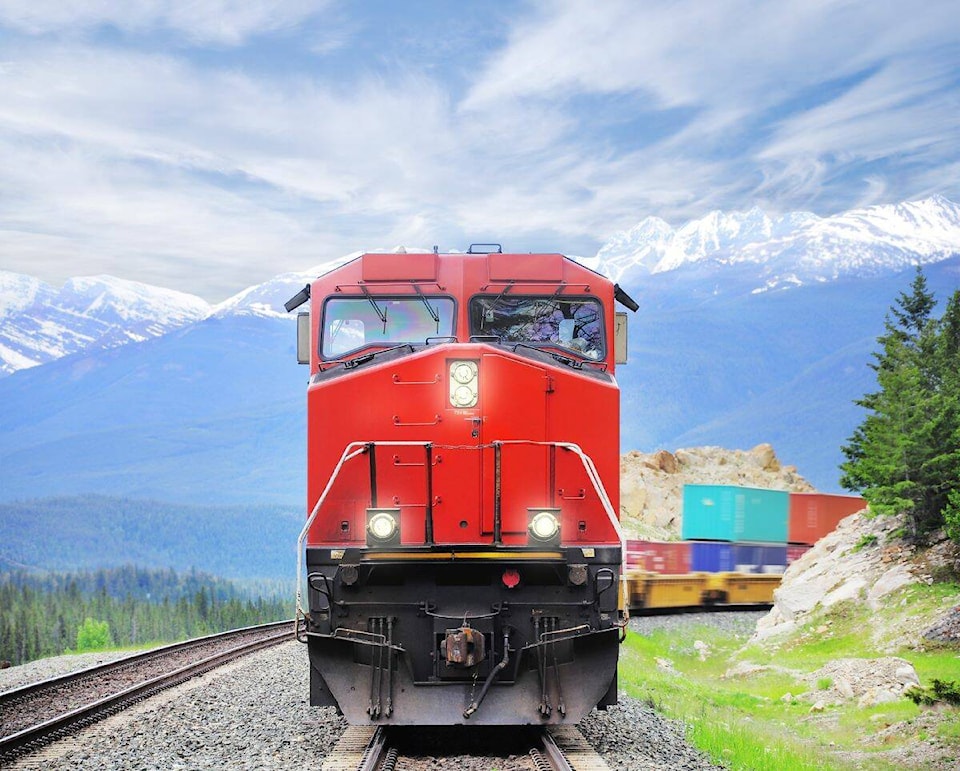Stop Track Tragedies By Having CP Rail Sense
Not having rail sense can bring with it tragedy and serious consequences. Not only to you, but to your family, your community and the men and women who operate CP’s trains and police CP’s network. The CP Rail Sense program, through education and targeted communications and outreach, asks you to be situationally aware around the railway. Our goal is simple: encourage safe behaviour around tracks and trains and eliminate injuries and fatalities. Hundreds of North Americans are killed each year in preventable incidents with trains. In North America, a person is hit by a train every three hours. Chances of survival are slim for trespassers. Those who do survive often suffer from life-altering injuries, including amputation.
Railway Safety Week runs Sept.19 to 25.
Stay Safe Near The Railway Tracks
Never bike down or near railway tracks, don’t use railway tracks or the adjoining right-of-way as an ATV path. Never walk on railway bridges. Keep your dog on leash at all times around railway property. Only cross tracks at designated crossings. Railway lines are private property and walking on them constitutes trespassing. The only safe, legal place to cross a rail line is at a marked grade crossing. Every rail crossing in North America has a 24-hour toll-free emergency number posted. If you ever see something unsafe around the tracks, call immediately. If you’re concerned about someone’s mental health and their interest in train tracks, call your nearest mental health support line to get them help. If your vehicle is stalled on the tracks, get out, get away. Call the emergency number on the crossing or 911.
• Because of their size, trains appear to be much farther away and travelling much slower than their actual speed. Don’t be fooled.
• Trains can’t stop quickly. The average train needs at least two kilometres to stop. Trains can stop, but they can’t stop quickly.
• Taking a shortcut across the tracks or being on railway property is illegal, and trespassers can be seriously injured or killed.
• An average freight train weighs over 5,500 tonnes. Compare that to a car, which weighs about 1.5 tonnes. A train hitting a car is like a car hitting a pop can.
• Stopped railway cars can move at any time. If you’re on one or near one when it moves, you could lose a limb – or worse, your life.
• Tunnels, bridges and trestles are designed only for trains. Trespassers can be seriously injured or killed.
• Trains can carry loads that are wider than the railroad cars themselves. They can have chains, straps or other equipment that may extend outside the car. If you are standing too close, you could get hit.
• Trains do not always run on schedule. They can run at any time, on any track and come from either direction.
